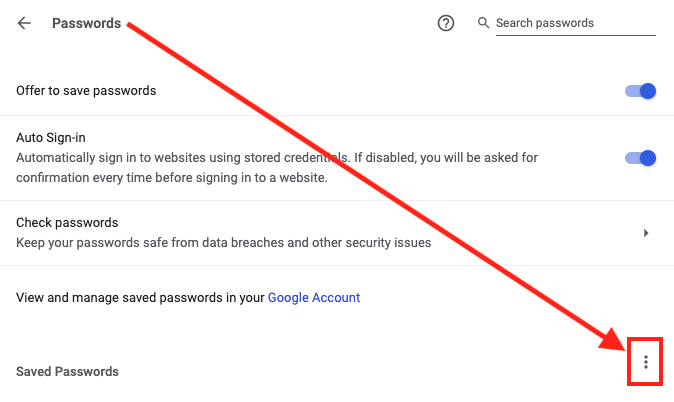

Once you've imported the data from the CSV file, be sure to delete it, preferably with a file shredding app like Secure Delete or Incinerator.

With the login data exported to your computer, open your password manager of choice and look for the import option, usually found in the app's menu bar under File.

That means your credentials could be read by anyone with access to it, so make sure you securely delete the file once you've imported the data into your password manager of choice. Just be aware that the CSV file you export from Chrome is in plain text. Popular password managers like Enpass and 1Password accept CSV files for importing login data. In this article, we'll show you how to export your passwords from Chrome on Mac and iOS.Īt the end of the process, you'll be left with a CSV file containing all your login credentials. In Chrome 66, rolling out now for Mac and iOS, Google has added a password export option to the web browser so that you can easily migrate your login details to another browser via a third-party password manager app.


 0 kommentar(er)
0 kommentar(er)
